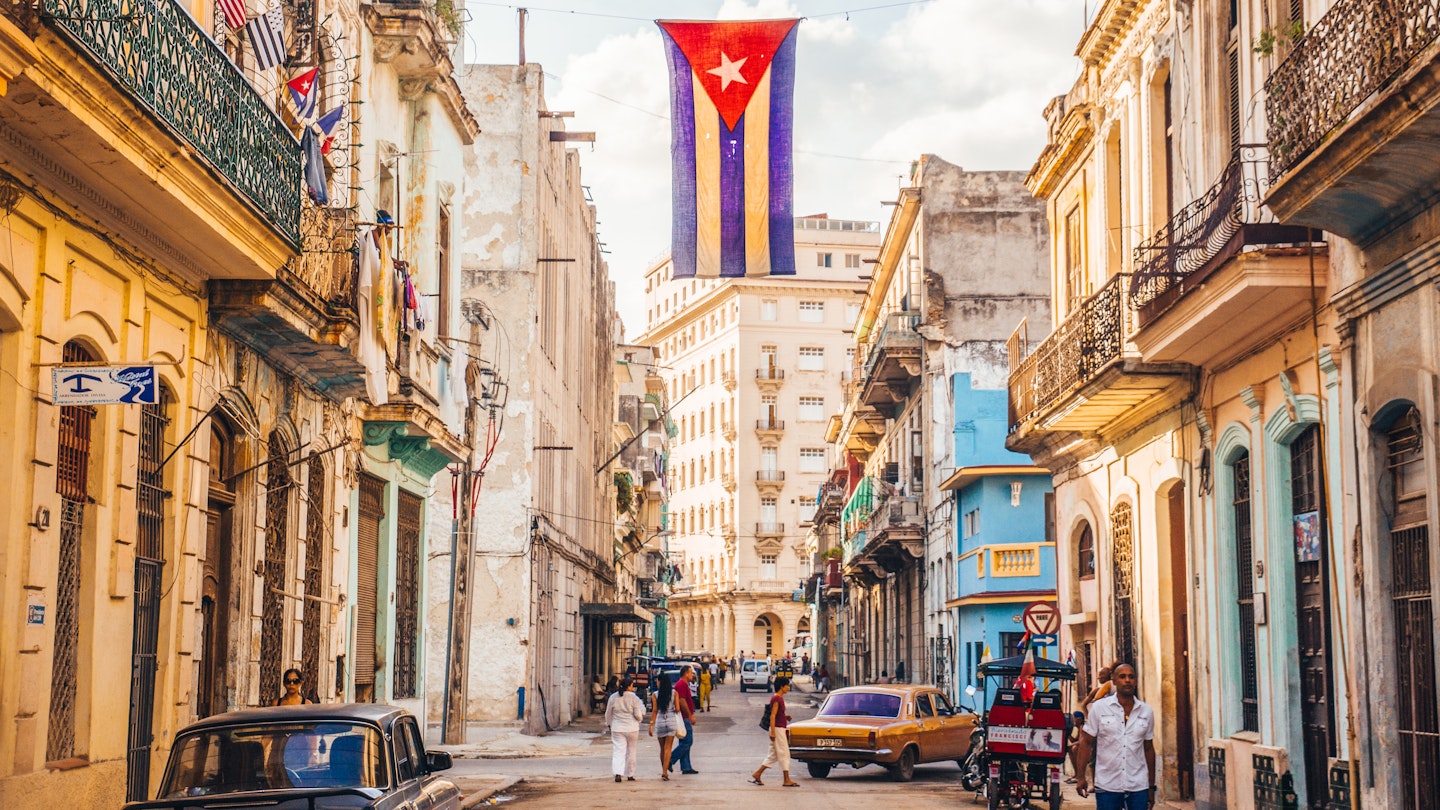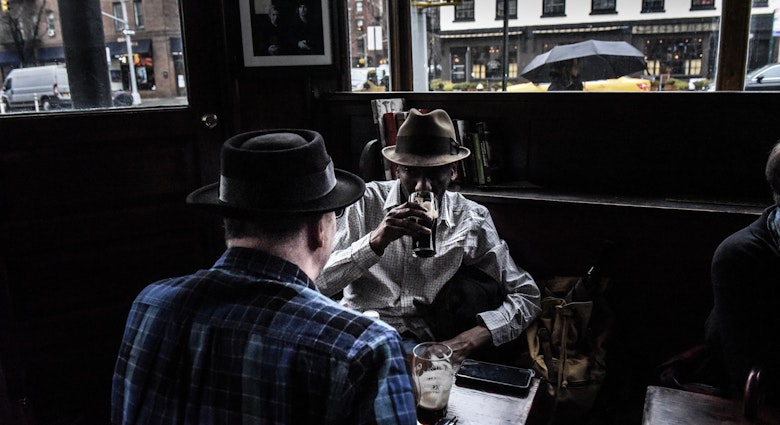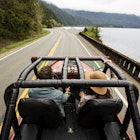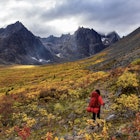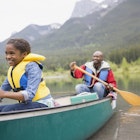Cuba and I go back a long way. As a Lonely Planet writer and occasional tourist, I’ve been traveling to the country for nearly 25 years, from the economic crises of the 1990s to the heady days of 2016 when President Obama and The Rolling Stones dropped by in the same month. I secretly dreamed it would be the first place I revisited when coronavirus restrictions were lifted.
The opportunity cropped up sooner than I expected. In early July, Cuba tentatively announced it was ready to reopen several of its offshore islands to tourism. Even better, to lure back nervous travelers and help boost the country’s beleaguered economy, all international visitors were to be given a free COVID-19 test on arrival.
By September, the first airplanes began flying from Canada to Cayo Coco, a large tropical key off the north coast, home to 30 all-inclusive resorts but no permanent Cuban population. Cayo Coco was to be a pilot scheme, the first stage of Cuba’s phased reopening. By screening everyone who entered, including hotel workers bused in via a causeway from the Cuban mainland, the government would create a unique COVID-free vacation zone.

Booking my trip
After scouring the internet for deals and flight information, I made a booking with Air Canada, the first Cuba-bound airline to reactivate flights in September. My package included return flights from Vancouver, a mandatory hotel reservation and special COVID-19 medical insurance. All in, my trip cost CAN$912 (US$693 at current exchange) – that's hotel (including food and drink), bus transfers, return flights from Vancouver and insurance. But rates may start going up in November.
For this trip, at least, I would be confined to an all-inclusive resort strip off Cuba’s north coast with no access to the mainland. Nevertheless, the journey still had some inherent risks. A positive COVID-19 test at the airport would leave me facing up to two weeks in a Cuban hospital. Similarly, when the fun was over, I would have to endure 14 days of quarantine back home.
Weighing up the pros and cons, curiosity prevailed over indecision. In the unpredictable world of travel writing, journeying into the unknown is part of the job description. I loaded up on hand sanitizer, obtained a good mask for the plane and got ready to head south.
Cuba and the pandemic
In the global battle to mitigate coronavirus, Cuba has emerged as the New Zealand of the Americas: the country currently has the lowest death rate (per million inhabitants) in Latin America. In a nominally socialist country, state control and central planning has helped stem the flow.
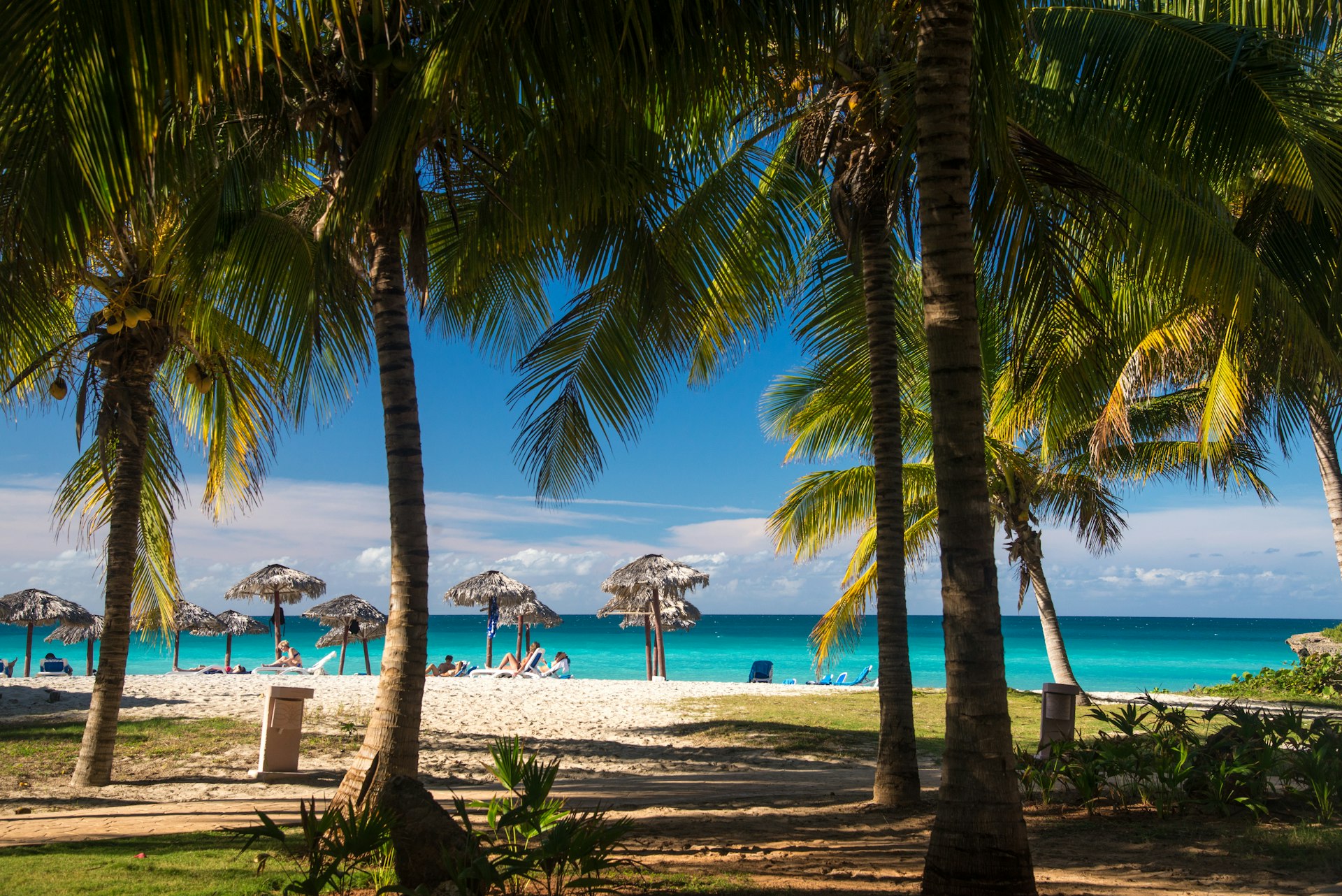
"Cuba has overcome the pandemic thanks to a 'prevention and control' plan, prepared in January 2020," Roy Perez in Santiago de Cuba explained to me when I contacted him by email for some pre-trip advice. "The plan included training medical staff, preparing quarantine facilities, implementing special contact-tracing processes, and informing the public (including tourism workers) about symptoms and precautions.
"Medical students went door to door to screen thousands of people daily. Masks remain mandatory, and the fines for being caught without one are pretty stiff."
Roy is the co-owner of Roy’s Terrace Inn, a private homestay and restaurant in Cuba’s second city. Prior to my trip, I asked him and another friend, Luis Miguel in Havana how Cubans felt about tourists returning when the country fully reopens, possibly as early as December.
"Economically speaking, Cubans are more than ready for visitors to return." Roy said, "While there’s an underlying fear that reopening could lead to further COVID-19 outbreaks, I think 90% of Cubans are willing to take the risk."
Luis Miguel, who runs Casa 1932, an art deco-themed homestay in Centro Havana, agreed. "I have kept my business closed in line with the country’s COVID-19 protocols, but after carrying out some renovations over the summer, I am ready to start offering my services again, this time with higher quality and new standards of hygiene."
Roy also hopes to reopen soon: "Now that the COVID-19 measures have been eased, we certainly will open the business again. In fact, we already have some bookings for November, December and January from Canadian, Italian and German guests. We are super happy to say we’ve had zero COVID-19 cases in Santiago for over two months."

Arriving in Cuba
Braced for my own trip, I arrived at a deserted Vancouver airport on a Friday night in mid-October for the red-eye to Toronto, my first flight since the beginning of the pandemic. Though relieved to see the plane’s middle seats had been left empty, I still felt paranoid enough to pull on two face masks and hold my bladder for an agonizing four-and-a-half hours until we landed (thoughts of a Cuban hospital stay had me spooked).
By bizarre contrast, the connecting flight in Toronto was jammed full. Sitting elbow-to-elbow with 200 COVID-weary Canadians, I metaphorically held my breath for three hours as we coasted over the US and the Straits of Florida arriving five minutes early at Cayo Coco’s Jardines del Rey airport to a relieved round of applause.
The disembarkation was quick and smooth. First, our baggage was sanitized on the runway; then we were filtered through an air-conditioned lounge for a blink-and-you’ll-miss-it COVID-19 test (two swabs up the nose, one in the throat). Next, it was through customs, security, baggage collection and a final temperature test before we exited the airport. The whole airplane was processed in less than an hour. It was an impressive start.
The Cubans were extremely happy to see us. The pandemic combined with a recently tightened US embargo has hit the already weakened economy particularly hard. Tourism accounts for over 10% of Cuba’s GDP and Canadians make up nearly one-third of all tourists. We were enthusiastically welcomed with smiles, music, dance, and rum cocktails.
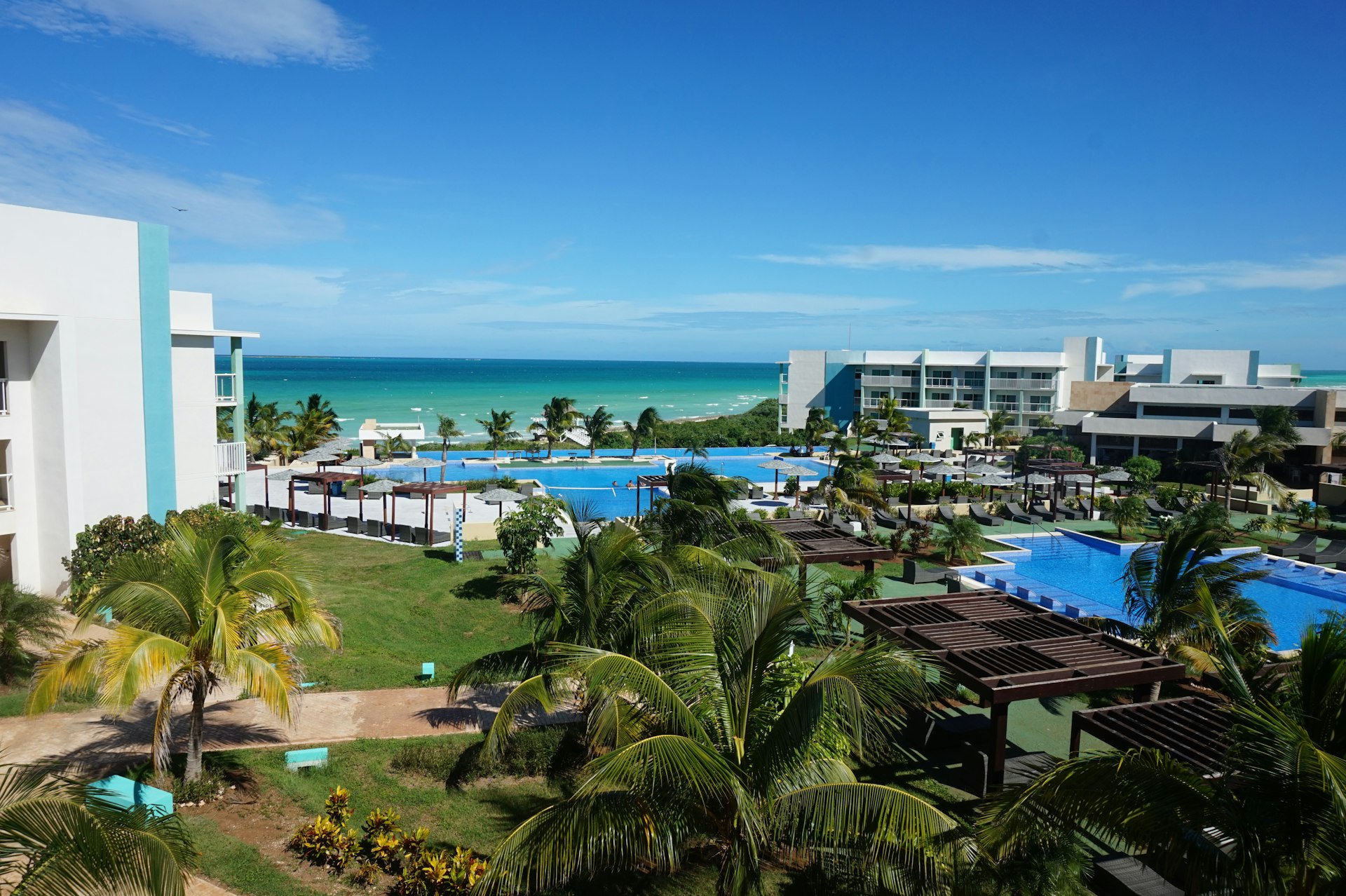
A surreally empty hotel
I was staying at Hotel Gran Muthu, a 500-room resort on Cayo Guillermo, Cayo Coco’s beach-rimmed smaller sibling, where there were only 26 other guests. What would normally resemble a noisy holiday camp, became a tranquil monastic retreat in a pleasant tropical island setting with better food and more gregarious service (staff outnumbered guests by about three to one).
For the first day masks remained mandatory, but after the arrival of our COVID-19 test results the following morning (everyone tested negative), they were peeled off with barely suppressed glee. I had almost forgotten what it felt like to stand next to a stranger and have a face-to-face conversation.
For the next seven days I reveled in my idyllic tropical cocoon, roaming deserted beaches, looking for flamingos in briny mangrove swamps, troll fishing for barracuda and reading Hemingway. It felt about as safe as you could get in a world preoccupied with coronavirus.
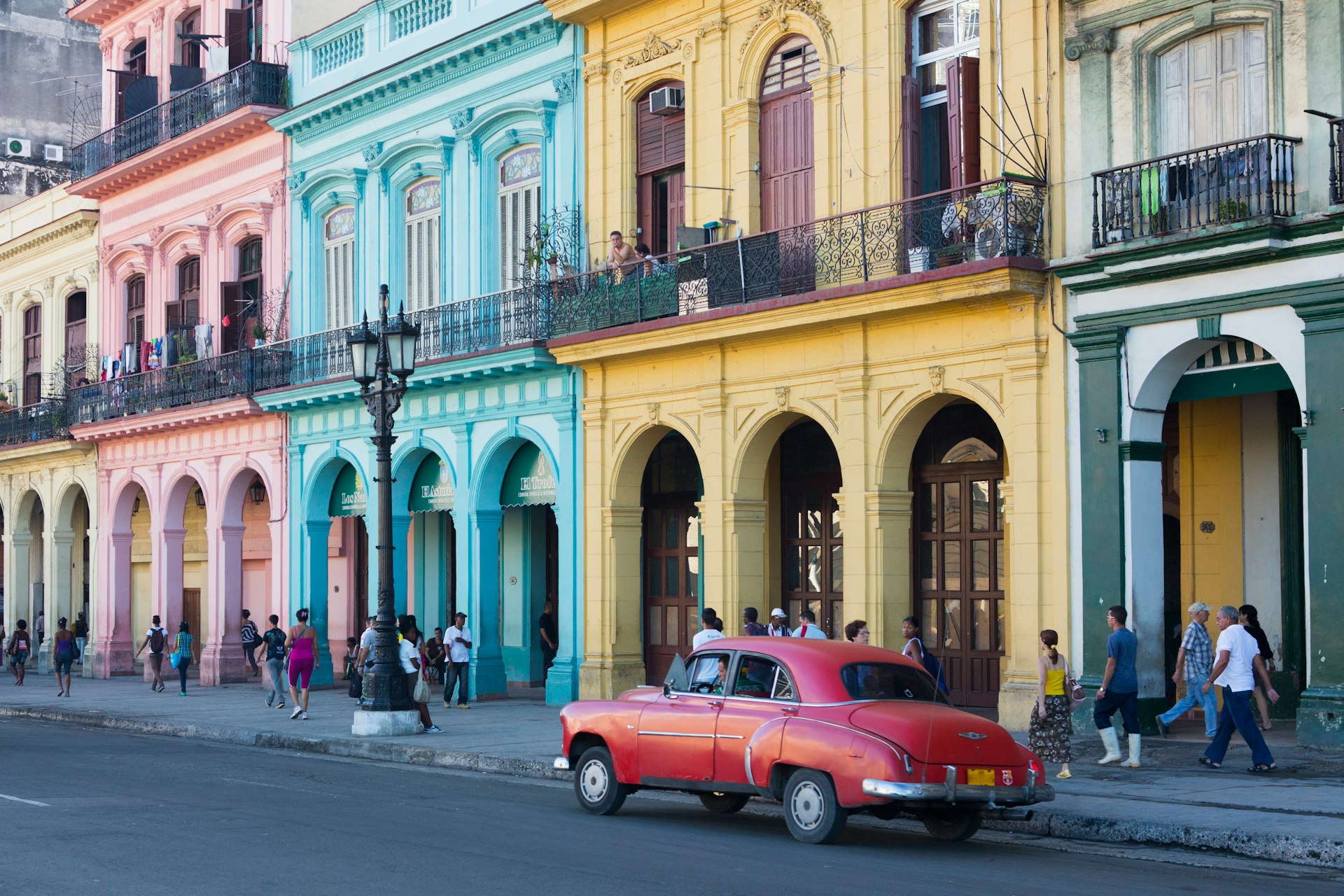
Is it safe to visit Cuba?
So far, Cuba has performed surprisingly well in both managing the pandemic and reopening for tourism in a way that is safe and effective. Six hotels were operating when I visited, but other tourist zones in Cayo Santa María and Varadero are due to open in early November.
All hotels are well staffed with a resident nurse, doctor, and epidemiologist, and fully stocked with abundant sanitizers and cleaning materials. Staff generally work two-week shifts followed by two weeks at home. They are tested before every new shift and always wear face masks when dealing with tourists.
While no system is fool-proof and COVID-19 has a nasty way of eking its way into anywhere and everywhere, Cuba’s reopening has proved to be unique and relatively low-risk. Two months in, only one person (a Cuban-American) has tested positive for coronavirus. If you’re longing for a quiet getaway and can handle the 14-day quarantine when you get home, keep an eye out as new travel bridges open and more airlines resume flights. In Cuba, you’ll be heartily welcomed.
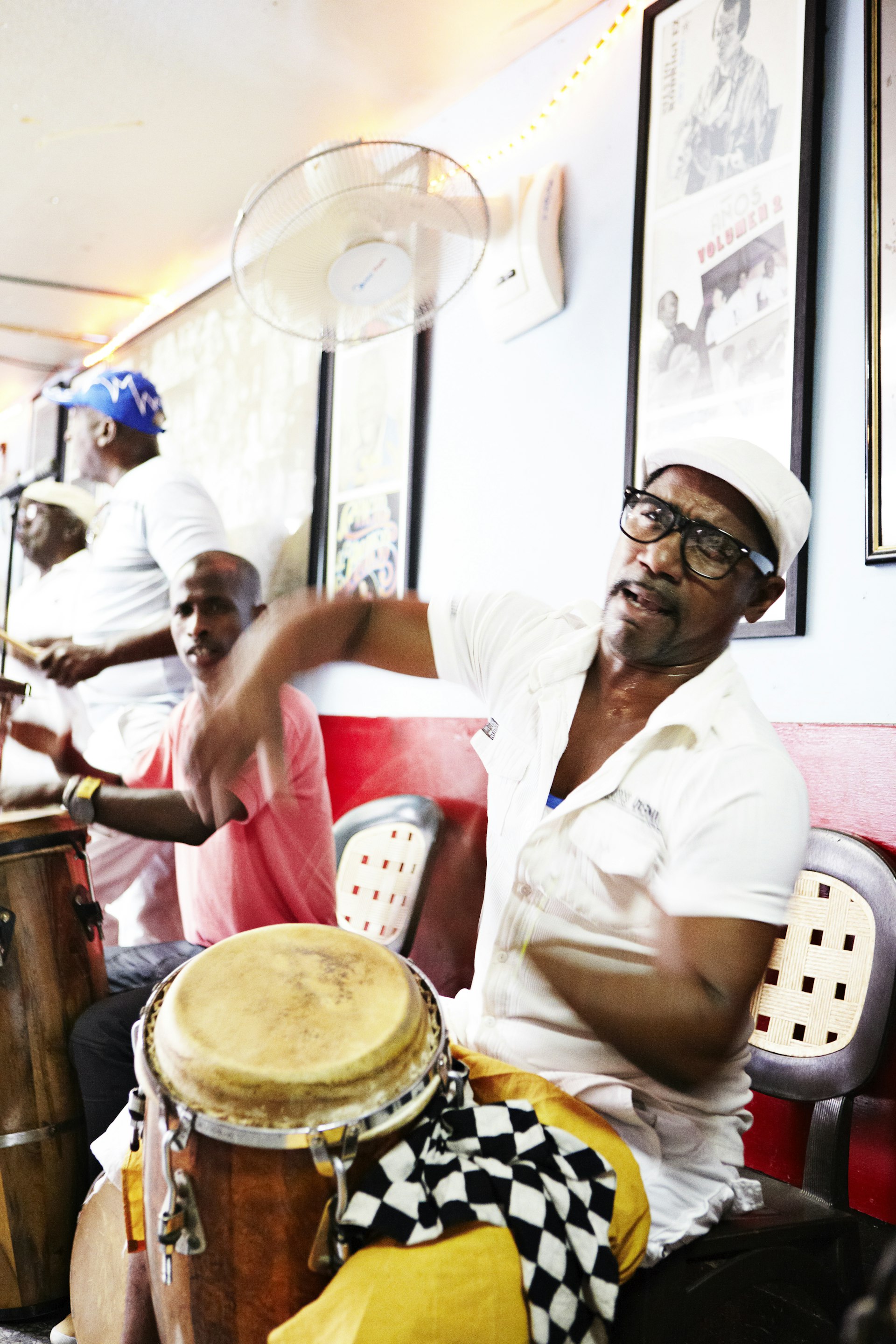
How to visit Cuba
TUI Group resumed twice-weekly flights from the UK to Cuba starting in the late October. Flights run from Manchester and London Gatwick to Varadero. Travelers must book full hotel packages and aren't allowed to leave the resort zone. Covid insurance is included in the package and all visitors get a free Covid test at Varadero airport. UK citizens aren't required to quarantine when they return home. German charter Condor will also resume flights to Varadero in early November from Frankfurt & Dusseldorf.
From Canada, Air Canada Vacations flies once a week from both Toronto and Montreal into Jardines del Rey Airport. Varadero flights will be added in November and Cayo Santa Maria in December. Westjet, Sunwing and Air Transat will resume flights from Canada to Cuba in early December.
Currently, there are no flights from Cuba to the US.
For the time-being, only three main tourist enclaves are open for business: Cayo Coco, Cayo Santa Maria and Varadero.
You can't currently fly into Havana and the city remains closed to international visitors. As yet, there is no concrete date for when the city will reopen (word on the street suggests before Christmas).
You might also like:
Here are the new rules for visiting the Caribbean
Why female Cuban professionals are leaving their careers to become artists
Which Caribbean island is best for you
Get more travel inspiration, tips and exclusive offers sent straight to your inbox with our weekly newsletter.

